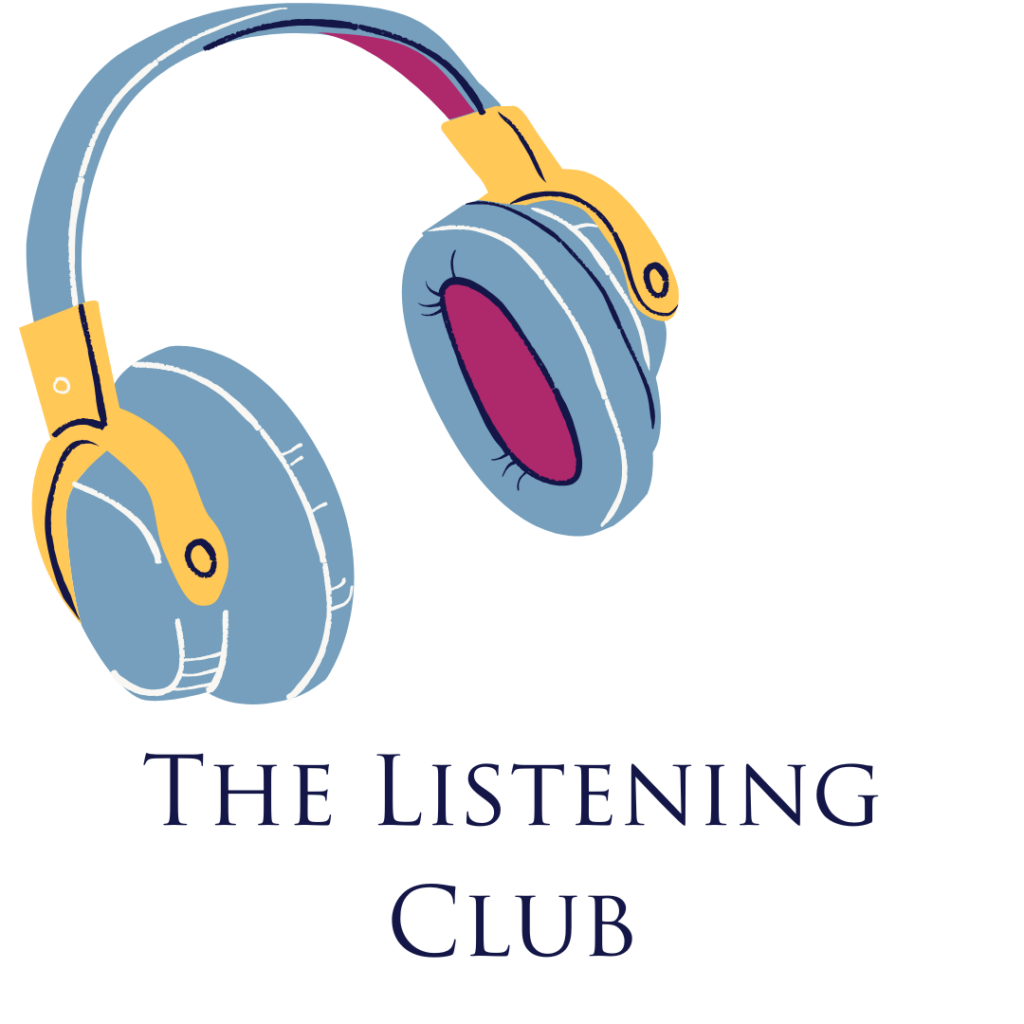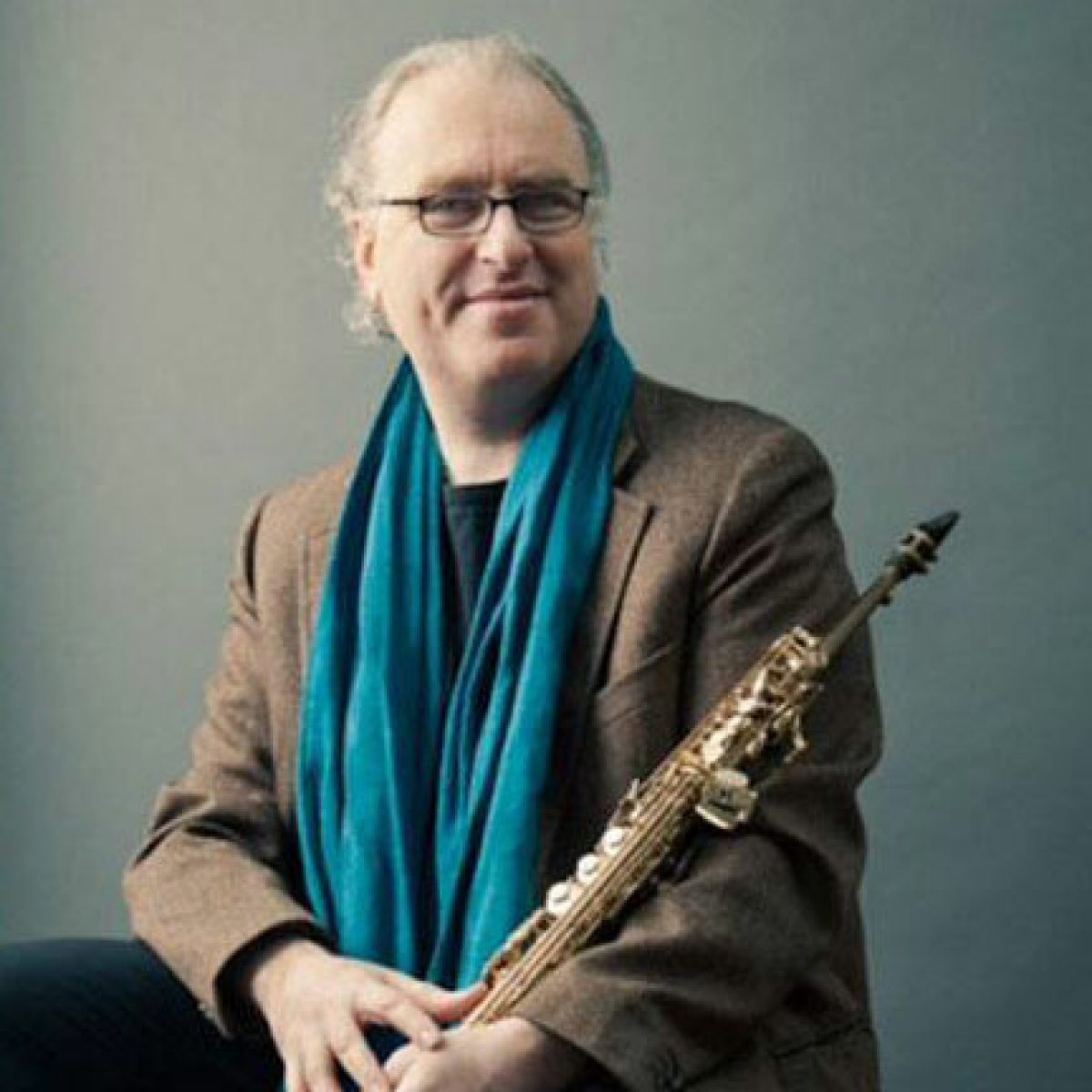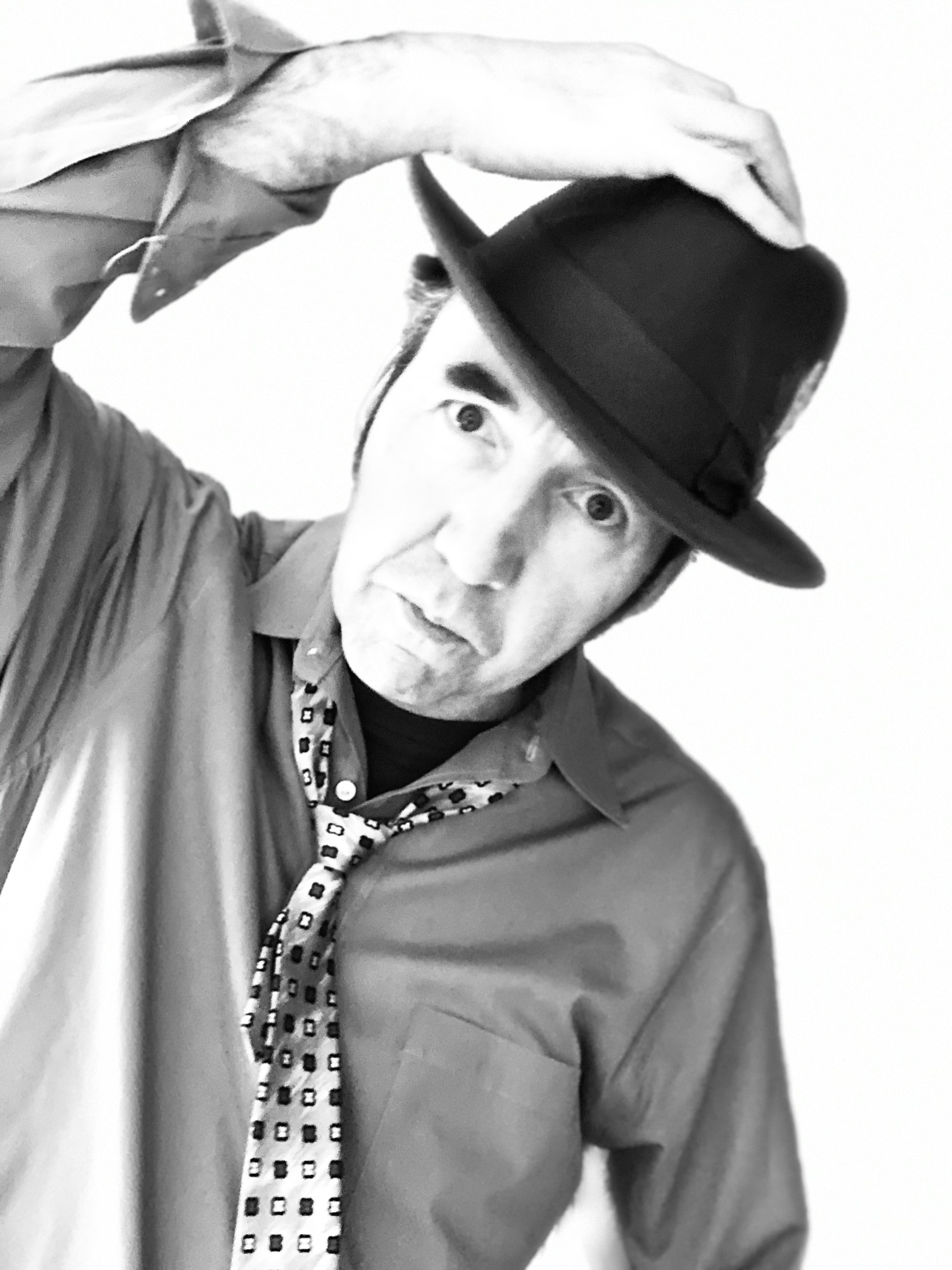The Listening Club
What is the Listening Club?
The Listening Club is an opportunity for students to engage more broadly in listening to music through faculty-curated playlists with guidance on how and what to listen for in music of all genres and styles.
At the heart of every musical journey lies the fundamental skill of listening. Through active listening, students develop essential musical abilities: ear training, rhythm, blending sound, forming one’s own musical perspective and taste, and deepening appreciation for diverse genres and compositional styles.
Active listening means giving full attention to what is being heard. This differs from passive listening, where music serves as background to other activities. By regularly immersing ourselves in varied musical styles and practicing active listening, we can develop a richer understanding of the musical world.
How does it work?
Each month, we’ll post The Listening Club playlist here. Anyone interested in participating should answer the assignment questions (written or typed) and submit it to the office or via email to [email protected] to be counted as credit toward the BMS Certificate Programs.
Some tips for listening:
- First, experience the complete selection
- Next, identify the different instruments and their individual contributions
- Consider the emotional quality and mood
- Then, explore specific elements—rhythm patterns, melodic lines, background textures, and harmonic progressions
- Notice details like dynamics and articulation
It might take a few listens to begin to recognize some of these elements—and that’s okay! The goal is simply to get more attuned to detail, and to formulate a personal response to the selections.


Curated by Russ Gershon
Listening Club Issue #2 – May 2025
Three Kinds of Blues
- What instruments do you hear? Do you know what this kind of ensemble is called?
- How many 12 measure choruses of blues are there in this performance? (Hint: there is usually a change in texture or prominent instruments from 12 measure section to the next.) Do all the soloists take the same amount of solo time?
- Without a vocalist or single lead instrument to take the listener from beginning to end, how is the “story” being told here? Do you like hearing this kind of narrative? How does the arrangement create variety to keep the listener interested?
- Do these solos keep your interest? Do you feel like the soloists are telling you a story, even without words? The band obviously has a high level of cooperation, but is there also a sense of competition between the soloists – a “can you top this?”
- Compared to the previous selection, do you miss the full band? How is it a different experience listening to a (mostly) solo performance?
- Can you tell when he goes from one 12 measure section to the next? Are you using the lyrics as a guide, or the music?
- He accents a lot of upbeats, that is, the “and” the beats (i.e: one and two and three and). Do you find it hard to feel the beats? (Tip: if you listen on a high fidelity speaker, not a phone or laptop, it will be easier to feel the downbeats!)
- Can you map the sections of this chart? Make sure to indicate the faster ostinato sections in contrast to the slower blues sections, as well as the instrumentation (i.e: full band or soloist), and what instrument has the solo for each section.
- Hard Mode: Can you map out the length (in measures or minutes and seconds) of each section? Use instrumentation identifiers from the simplified mode question to further clarify your choices.
- How does the alternation between the two different tempos and rhythms affect you as a listener?
What song or piece of music do you remember piqued your interest as a child?
My mother was a cellist and played every year in the orchestra for a Gilbert and Sullivan operetta. I would go see multiple performances. I have especially fond memories of some of the more obscure ones, like Patience, Princess Ida and The Gondoliers.
Which musician or composer has influenced your musical taste the most?
Too many to say – here are three: The Beatles, Stevie Wonder, John Coltrane
If your life had a soundtrack, what three songs would definitely be on it?
Ha! Depends on my mood. Could be anything from heartbreak ballads like “Body and Soul” to Mahler’s Song of the Earth to James Brown’s “Cold Sweat.”
Piano – I play, but not well. Wish I had logged those 10,000 hours.
Mostly I spend a lot of effort making sure I have the right instruments, music, clothes and other gear before I head off for a performance.
April

Curated by Scott Pittman
Listening Club Issue #1 – April 2025
Below are 3 classical pieces followed by 3 pop songs that they inspired–can you identify which song came from each classical piece?
To complete this listening club assignment, listen first to each of the classical selections below and answer the questions for each:
- What is the overall character or mood of this piece?
- As the title reveals, the piece is in a minor key, but does it stay this way throughout?
- Can you describe the overall form and various sections of this piece?
- What emotion or mood is evoked by the theme that enters at 4:21?
- What articulation (staccato, legato, portato) or other technical or musical effects prevail and contribute to the mood you noted above?
- Name at least three different instruments you hear at some point in the texture.
- What instruments can you identify in this piece?
- What is the overall mood or character?
- Title aside, does it evoke any other associations or images for you?
- Which classical piece above inspired this song?
- Is the mood similar or different from the “classical version” above?
- Name 3 instruments or other elements present in this song that are not present in the corresponding classical piece.
- Which classical piece above did this song originate from?
- In addition to the vocalist, what prominent instrument is swapped in here that was not in the classical version?
- How many beats do you hear in each measure, and is that reflected at all in the title of either version?
- Around 2:20, an instrumental “outro” or ending section begins. Which instrument starts this off, and which enters next? What else is different, musically speaking, about this section?
- Which classical piece above inspired this song?
- In what way is the mood similar or different from the “classical version” above?
- What instruments or effects do you notice that contribute to the overall impression created?
- Is this song in a major or minor key? Does the answer to this reinforce or seem to contradict the overall mood of the music, in your opinion?
What is your earliest musical memory?
My mom liked musicals and bought the album Jesus Christ Superstar when it first came out and listened to it constantly. I was 2 1/2 and most of my first words came from singing along.
The album informed so much of my future love of music as it featured rock, pop, funk, jazz and avant garde music with orchestral arrangements all wrapped up in a broadway musical. It’s got it all!
That same year, my grandparents gave me a drum. I haven’t stopped playing ever since.
What music are you most obsessed with at present?
Well literally, I have been obsessing over being in the studio making some new music for an album. But I know what you really mean…
Locally, I love going to see The Wolff Sisters play. Three actual sisters playing different instruments and harmonizing together. You can’t beat harmonizing siblings!
Nationally, JD Beck & Domi are two very young musical prodigies (drums & keyboards) who are unbelievably inspiring. They are doing things that are simply untouchable by mere mortal earthlings who try to play music. It is quite possible they come from either the future or another universe.
Who are three musicians, living or dead, you’d like to have over for a dinner party?
Frank Zappa, R. Crumb and David Lynch.
While Zappa is a major musical figure and one of the greatest modern composers, the other two are more known for art and film. But both also play music and more importantly, are massive FANS of music. I usually love talking with music fans rather than musicians.
What is your most memorable musical experience of the past 3 years?
Well, I spent the last three years gearing up to receiving a kidney transplant which occurred last August. There was such a scary unknown about the whole process. But when I woke up after the 8 1/2 hour surgery, I felt GREAT and had my guitar brought to the hospital so that I could play music. After a couple days, I was entertaining the hospital staff and giving concerts.
When you are not playing, teaching, or composing music, where else might you be found?
THERE ARE OTHER THINGS TO DO?!?!?
I used to read quotes about George Harrison (The Beatles) saying that he spends all his free time gardening. I was always baffled, wondering what on earth he was talking about. Why would you be gardening when you had the whole world in your hands?!?!?
Then I bought a house with a sizable yard a few years ago… Now it all makes sense.
Other than that, most people know that I love finding great independent coffee shops; I love both the coffee and simply the relaxing state of being there and being part of the community.
Then there’s always watching local music, seeing movies, and eating great food.
A bigger hope would be to travel again since it’s been before the pandemic since I’ve seen the inside of an airplane, train or boat.
